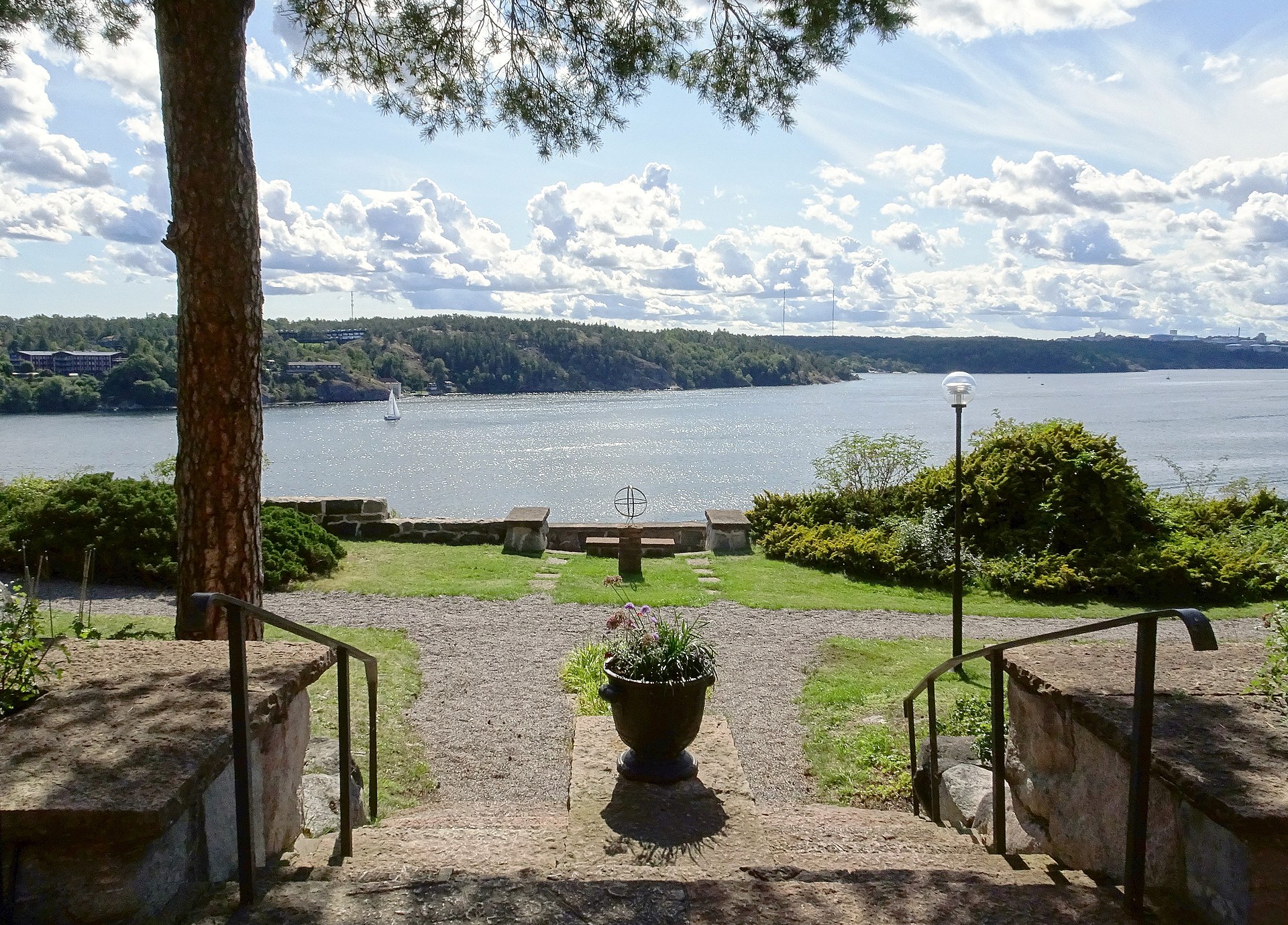Quantum Connections in Sweden-11 Summer School
Fåhraeus salen
Högberga Gård
Venue
Högberga Gård, Lidingö, Sweden
 |
Scope
The Quantum Connections 2023 is part of the Quantum Connections series of scientific events, a summer school that is organized for graduate students and postdocs, both theoretical and experimental, in all aspects of quantum frontiers.
Quantum Connectionsevents are organized jointly by the Department of Physics and Nordita (hosted by Stockholm University, KTH-Royal Institute of Technology, and Uppsala University), together with TD Lee Institute and Wilczek Quantum Center at Shanghai Jiao Tong University.
Curriculum: Short courses covering developments of modern physics widely from the frontline quantum matter and information to the forefront of particle physics and all the way to the fundamental structure of matter. There will also be a short celebration commemorating the discovery of QCD some 50 years ago.
Invited Lecturers
Name | Affiliation |
|---|---|
| Brookhaven National Laboratory |
| University of Oxford Okinawa Institute of Science and Technology Graduate University National University of Singapore |
| University College London |
| Pennsylvania State University |
| University of Würzburg |
| KITP - UC Santa Barbara |
| UC Berkeley |
| Nordita / Uppsala University |
| Chapman University |
| Princeton University |
| CEA Paris-Saclay University |
| Harvard University |
| Massachusetts Institute of Technology |
| Utrecht University |
| Stockholm University |
| University of Illinois at Urbana-Champaign |
| University of Innsbruck |
Poster
Accommodation
For the "non-local" participants who don't live in the Stockholm area, we will provide accommodation at the summer school's venue and will send the information to those participants individually.
Please be aware that unfortunately, scammers sometimes approach participants claiming to be able to provide accommodation and asking for credit card details. Please do not give this information to them. For invited speakers and also successful applicants, organazers will always be in touch via email regarding accommodation. If you are in any doubt about the legitimacy of an approach, please contact organizers via e-mail quantum.connections@fysik.su.se
Application
The intended audience is Ph.D. students and junior researchers in quantum phenomena and condensed matter physics.
You apply to the Quantum Connections School in two steps:
- Fill in the APPLICATION FORM in the menu to the left
- Ask your supervisor or another reference person to send a recommendation letter via e-mail to:quantum.connections@fysik.su.se. The subject line should contain: "QC2023" "Name of the applicant".
Both steps must be completed by March 30, 2023.
You will be informed by the organizers shortly after the application deadline whether your application has been approved or not. Due to space restrictions, the total number of participants is strictly limited.
There is no registration fee. We will cover the local expenses (housing, meals, airport transfer) for non-local participants during the school. Participants cover their own travel expenses to Stockholm.
The Organizing Committee
| • Egor Babaev | KTH-Royal Institute of Technology, Stockholm |
| • Emil Bergholtz | Stockholm University, Stockholm |
| • Hans Hansson | Stockholm University, Stockholm |
| • Wei Ku | Shanghai Jiaotong University, Shanghai |
| • Sreenath K Manikandan | Stockholm University/Nordita, Stockholm |
| • Antti Niemi (Scientific Coordinator) | Stockholm University/Nordita, Stockholm |
| • Pouya Peighami (Event Coordinator) | Stockholm University, Stockholm |
| • Igor Pikovski | Stockholm University, Stockholm |
| • Sofia Qvarfort | Stockholm University/Nordita, Stockholm |
| • Frank Wilczek (Chair) | Stockholm University, Stockholm |
| • Biao Wu | Peking University, Beijing |
Sponsored By
Contact
quantum.connections@fysik.su.se








